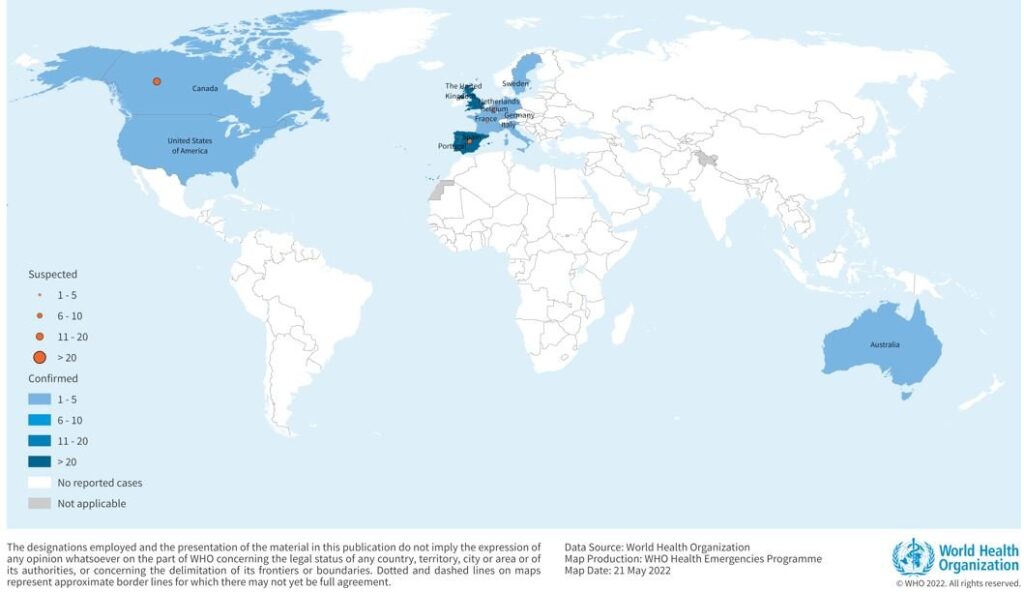Purified Native dsDNA, Calf Thymus, ELISA/Antigen grade focuses on systemic lupus erythematosus (SLE) which is an autoimmune rheumatic disease that primarily affects women of childbearing age. Immunoglobulin G (IgG) antibodies to double-stranded DNA (dsDNA) are serological markers of SLE that often reflect disease activity1, 2 and are closely linked to its pathogenesis. The total test time is approximately 1 hour 30 minutes. High sensitivity and specificity of the test. Kit includes CUT-OFF, positive control, negative control and calibrators (10, 50, 200, 600 IU/ml). Semi-quantitative evaluation in positivity index (PI) or quantitative in IU/ml. Ready-to-use, colour-coded components. Single component substrate. Interchangeable components except kit-specific components (controls, conjugate, plate). Interpretation. A positive result for IgG antibodies to double-stranded DNA (dsDNA) in the appropriate clinical setting is suggestive of systemic lupus erythematosus (SLE). While immunoglobulin G (IgG) antibodies to double-stranded DNA (dsDNA) are serological markers of systemic lupus erythematosus (SLE), not all anti-DNA antibodies are capable of causing tissue damage to the same extent. It has been proposed that renal damage induced by anti-DNA antibodies may be related to variations in the excellent specificity of the antibodies. To observe the notion of their excellent binding properties, we studied the cross-reactivity of two human monoclonal anti-wolf IgG to DNA (B3 and RH14) with a PolIV (a DNA polymerase) currently described from Escherichia coli (Purified Native dsDNA).

What does positive DNA mean?
Description Purified Native dsDNA
The use of dsDNA nucleosomes as antigens in ELISA optimises the determination of diagnosis and disease activity in SLE patients and is available for clinical practice.
- These autoantibodies have distinct pathogenic properties in SCID mice. Although all antibodies cause proteinuria, only RH14 induces early histological selections of lupus nephritis. All RH14 and B3 are positive for PolIV; however, they showed a marked distinction in their reactivity to the sophisticated PolIV dsDNA.
- Although RH14 showed a vital train to the sophisticated, B3's binding to PolIV complexed with dsDNA was almost abolished. In addition, there was a key distinction in one of the best ways that lupus sera recognised naked dsDNA and that provided on PolIV.
- Although 67% of lupus sera were positive for naked dsDNA, ≈ 90% of these sera (93% calf thymus DNA; 90% synthetic oligonucleotide) reacted to the sophisticated when dsDNA was provided on PolIV. Thus, the anti-dsDNA IgG most likely to exist in lupus victims can be distinguished between individuals who recognise dsDNA in the context of PolIV and individuals who do not. This distinction in binding functionality may help to inform these anti-dsDNA antibodies that they will be more pathogenic.













0 reviews for Alpha Diagnostics